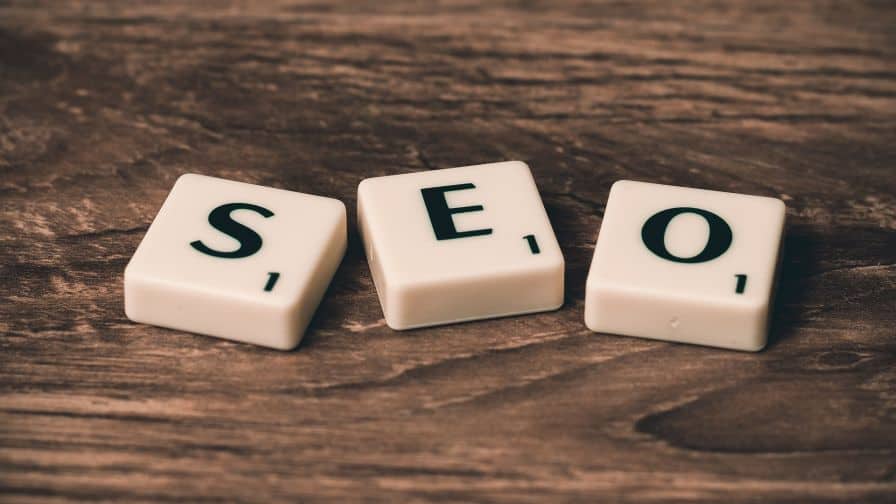Mobile was at the forefront of optimisation in 2015, shooting mobile touch points higher up the agenda. Are these going to make or break a brand’s performance online when it comes to the customer journey? Probably not. Top priorities for SEO success this year were consistency of messaging, optimising for clicks, and owning as much search real estate as possible.
Brands have, on the whole, been taking great strides this year in optimising search to drive visibility and sales. There are still some who are failing to make the most of the function, and as SEO continues to capture the largest share of online spend, there will be key lessons to bear in mind for brand SEO in 2016.
Social cards
Social cards are one of the easiest and most effective ways to ensure consistency in aligning brand messaging from a website to its corresponding social channels. Failure to do so will result in randomly selected text and images when a campaign is auto-posted on Facebook or Twitter. It looks horrible, lacks both the call to action (CTA), and the significant investment made in creative branding is wasted.
Page title and meta descriptions for mobile
More and more traffic came from mobile in 2015, and this had to be factored into the way SEOs presented page titles and meta descriptions back to the search engine results pages (SERPs). Long gone is the 64 character title and 164 character description.
Google went with pixel length and the industry followed. Some great tools have been created to help visualise what the SERPs will probably look like across different devices. Serpsup, for example, shows how your work will look across all three device types. Writing CTAs in to the first 125 characters is now vital, and getting primary keywords into the page title still tops the pile for optimisation success.
Optimising for CTR using paid search data
The paid search team that works on the same accounts as an SEO has access to a wealth of data which can be used to power top performing ad copy, CTAs and eye-catching titles. The data can also be used to test new content and titles far quicker allowing for second–to-none A/B testing.
Despite the potential benefit, there are still many companies that aren’t using this approach. The two specialisms of SEO and paid search certainly feel a lot closer than ever, but there is still a lack of collaboration. The business that truly cracks that nut will open up a whole new world of revenue generation. Paid search is certainly becoming more important for driving consumers further down the conversion funnel.
Creating and optimising great content
The topic of what makes great content is likely to rage on for several more years as SEO inevitably comes into the marketer’s toolkit, spanning traditional media channels, PR, online, social, apps, and bricks and mortar stores. The brands that will be successful in this arena will seamlessly work across all these channels. Burberry is a stand out performer in this field globally, and a little closer to home, Watchfinder has blended their digital footprint and online data into their stores.
Schema mark up
Brand teams and SEOs have been increasingly optimising for longer tail brand terms to own more of the search space, going beyond relying on the 10 little blue links to use additional universal search features. Schema mark-up for reviews, videos, contact information and store locations allows SEOs to send additional signals to the search engines in return for more data.
The benefit to the consumer is a more comprehensive search experience. And this all adds up to improved CTR and more ownership of the search results page. It has been surprising to see a lack of uptake across the board for this optimisation method, but this is something that should definitely change in 2016 as competition intensifies.
Penguin
In 2016, the subject that will initially be on all SEOs lips is the much anticipated Penguin algorithmic filter that will provide real-time updates for websites backlinks. The change will enable a fairly large chunk of brand sites to recover further from previous drops in performance.
SEO is constantly changing, and it will need to continue to adapt and grow as it comfortably sits across multiple channels and disciplines where a website or an app are still the primary conversion points.
Ultimately, there is still a lot that brands need to do across the entire purchase cycle, through to post purchase support. Paid search will evolve through product development and with increased real estate during the key purchase moments. SEOs will need to continue casting further afield to grow brand visibility through content, and this content must support both the research and post-sales needs of the consumer. SEO success in 2016 will help enable this, driving increased impressions, boosted brand visibility and supporting the purchase cycle nearer to conversion points.

